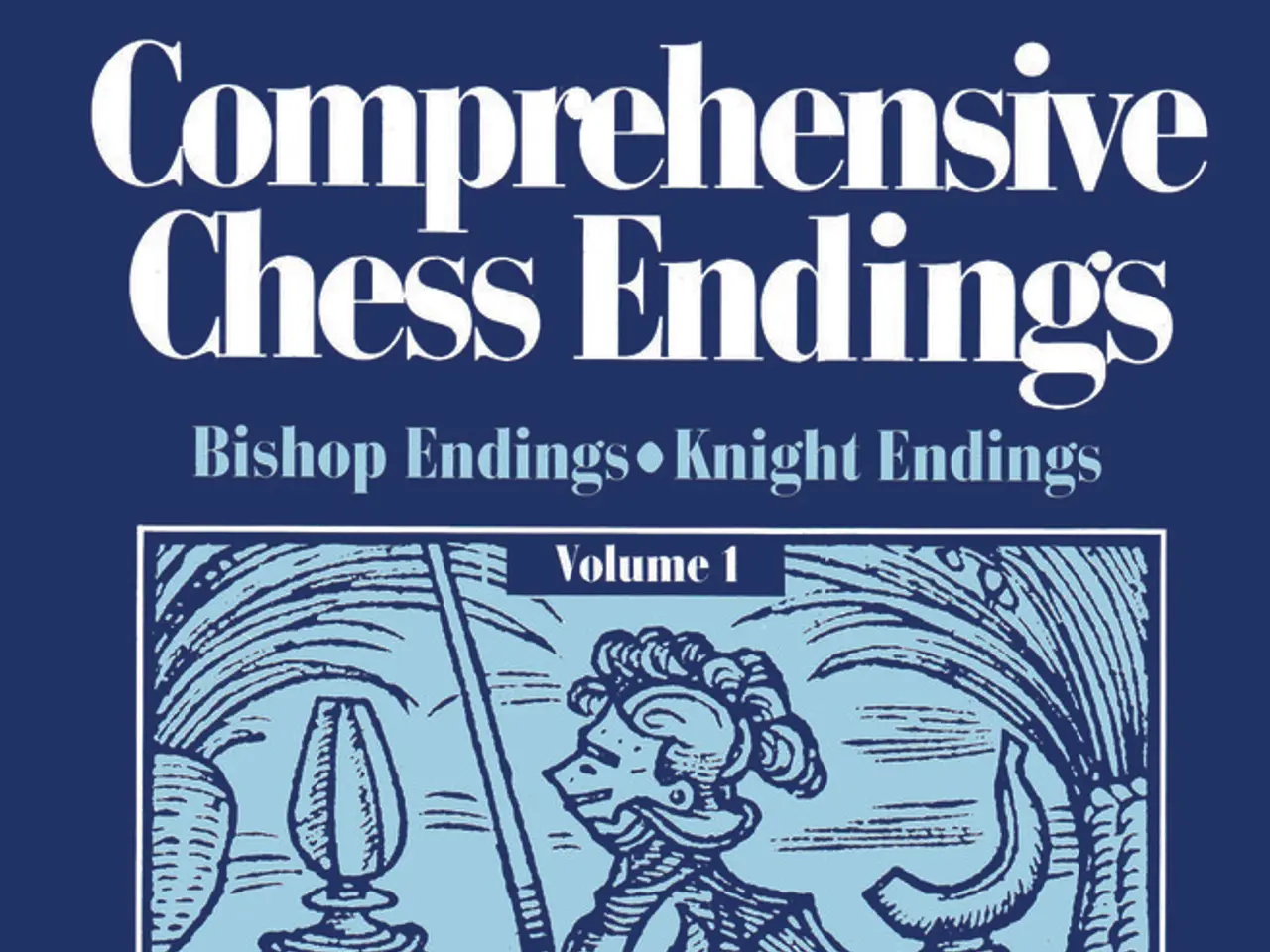Healthcare concerns addressed: Prices, sign-ups, claims, and further insights on Medicare
Navigating the complexities of Medicare can be daunting, but understanding the key differences between Original Medicare and Medicare Advantage plans can help simplify the process.
Coverage
Original Medicare, consisting of Part A (hospital insurance) and Part B (medical insurance), offers comprehensive coverage for inpatient care, doctor visits, outpatient services, and some home health care. However, it does not include extras like dental, vision, or hearing coverage unless added separately. On the other hand, Medicare Advantage plans bundle Part A, Part B, and often Part D (prescription drugs) plus additional benefits like dental, vision, hearing, and wellness programs. Coverage depends on the specific plan and provider network restrictions.
Premiums
Under Original Medicare, a person pays a monthly Part B premium ($174.70 standard in 2024, with income-based adjustments). Part A is usually premium-free if eligible. Part D drug coverage requires a separate premium. In contrast, those with Medicare Advantage plans must pay the Part B premium plus possibly an additional plan premium, which varies by Medicare Advantage plan (many have $0 additional premium). Prescription drug coverage is often included.
Out-of-Pocket Costs
In Original Medicare, you pay an annual deductible plus 20% coinsurance for most Part B services. No limit exists on total out-of-pocket spending unless you purchase Medigap. On the other hand, Medicare Advantage plans have a maximum annual out-of-pocket limit (e.g., maximum $5,320 for in-network services in 2025), which caps your spending on Part A and B services. Once reached, the plan covers 100% of related costs for the rest of the year. Prescription drug cost caps apply separately under Part D (no more than $2,000 in 2025 due to recent legislation).
Provider Choice and Flexibility
Original Medicare offers greater freedom of choice in providers nationwide; there is no network restriction. In contrast, Medicare Advantage plans typically require use of a network of providers, potentially limiting provider choice but often including care coordination benefits.
Additional Benefits
Medicare Advantage often includes extra benefits not covered by Original Medicare, like dental, vision, and hearing care.
Switching Plans
Switching between Medicare Advantage and Original Medicare plus Medigap later can be difficult or impossible depending on timing and state rules.
Seeking Help
The government funds the State Health Insurance Assistance Program (SHIP) and offers free healthcare insurance counseling to those eligible for Medicare. Through this program, individuals can ask specific questions regarding Medicare, enrollment, and costs.
Eligibility and Premiums
If a person has paid Medicare taxes via their employer for at least 40 quarters, they qualify for premium-free Medicare Part A and will not need to make a payment.
Prescription Drug Coverage
Part D, also known as prescription drug plans (PDPs), cover most prescribed medications and are administered by private insurance companies. Original Medicare does not include prescription drug coverage, while most Medicare Advantage plans include prescription drug coverage.
In summary, Original Medicare offers broader provider choice but with potentially higher and less predictable out-of-pocket costs, while Medicare Advantage offers bundled coverage with additional benefits, premium options, and annual cost caps but restricts you to plan networks. It's essential to consider your specific needs and circumstances when deciding which option is best for you.
[1]: "Medicare Advantage Plans (Part C)" - Medicare.gov [2]: "Medicare Costs" - Medicare.gov [3]: "Medicare Part D Prescription Drug Plans (Part D)" - Medicare.gov [4]: "Medicare Supplement Insurance (Medigap)" - Medicare.gov [5]: "State Health Insurance Assistance Programs (SHIP)" - Medicare.gov
- Medicare Advantage plans, which bundle Part A, Part B, and often Part D (prescription drugs) plus additional benefits like dental, vision, hearing, and wellness programs, offer comprehensive health coverage, unlike Original Medicare that requires separate additions for such extras.
- In the industry of banking and insurance, the finance sector plays a significant role in administering Medicare Part D prescription drug plans, making these crucial components of health insurance for millions of Americans.
- As key players in the health-and-wellness sector, various healthorganizations provide free healthcare insurance counseling to those eligible for Medicare, such as the State Health Insurance Assistance Program (SHIP), assisting individuals with specific questions regarding Medicare, enrollment, and costs.
- Within the broader context of healthinsurance, understanding the differences between Original Medicare and Medicare Advantage becomes essential for navigating the complexities of Medicare, especially in regards to coverage, premiums, out-of-pocket costs, provider choice, and additional benefits.




